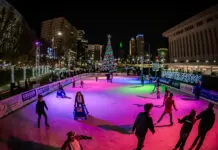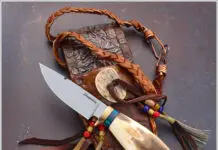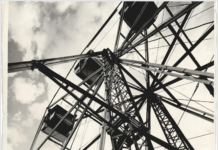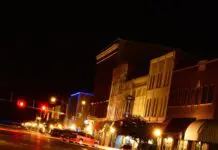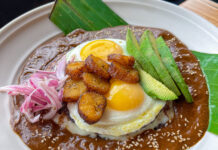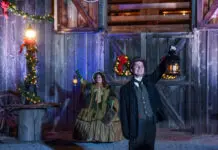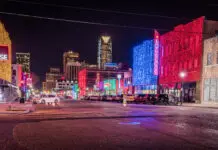Oklahoma is rich in natural beauty and boasts a compelling history. However, it’s also the birthplace of many talented creatives, including a diverse range of sculptors and other artists, who use an array of media to create powerful works that tell stories about the people and culture of our state.
Allan Houser, originally Haozous, was one of the most important Native American artists of the 20th century. He was born in 1914 near Apache, and was a member of the Chiricahua Apache tribe. After gaining prominence as a painter, Houser turned to creating sculptures that honored Native people and culture. His bronze sculpture, Sacred Rain Arrow, is housed at the Oklahoma History Center and was featured on a past Oklahoma license plate.
Another artist who celebrated Native culture was Blackbear Bosin. He was a Kiowa-Comanche painter and sculptor born in 1921 near Anadarko. Though best known for his painting Prairie Fire, he also created a sculpture that honored Native traditions. The Keeper of the Plains is a 44-foot-tall steel monument in Wichita, Kansas, situated at the confluence of the Big and Little Arkansas rivers.
Marjorie Strider was born in Guthrie in 1931. She was a Pop Art and performance artist who used bold colors and playful shapes. Her most famous works featured three-dimensional images of women that seemed to pop off the canvas. While her work differed from that of others on this list, she helped break barriers for women in the art world.
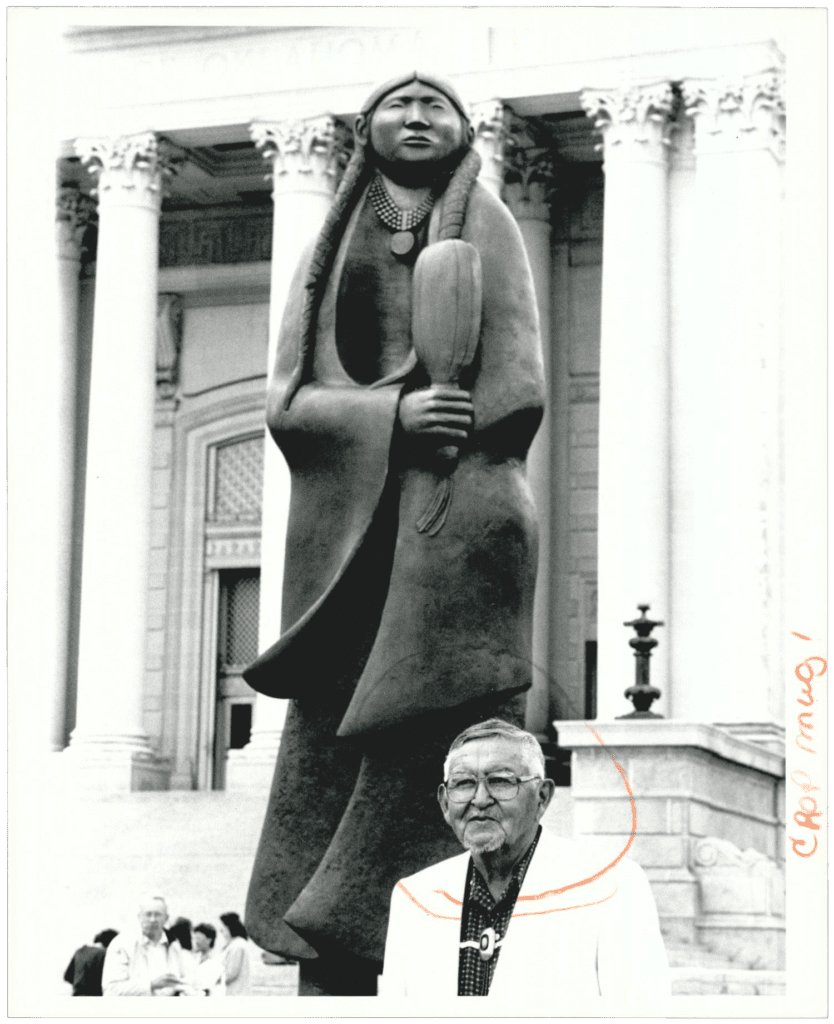
Photo courtesy the Oklahoma Historical Society/Daily Oklahoman
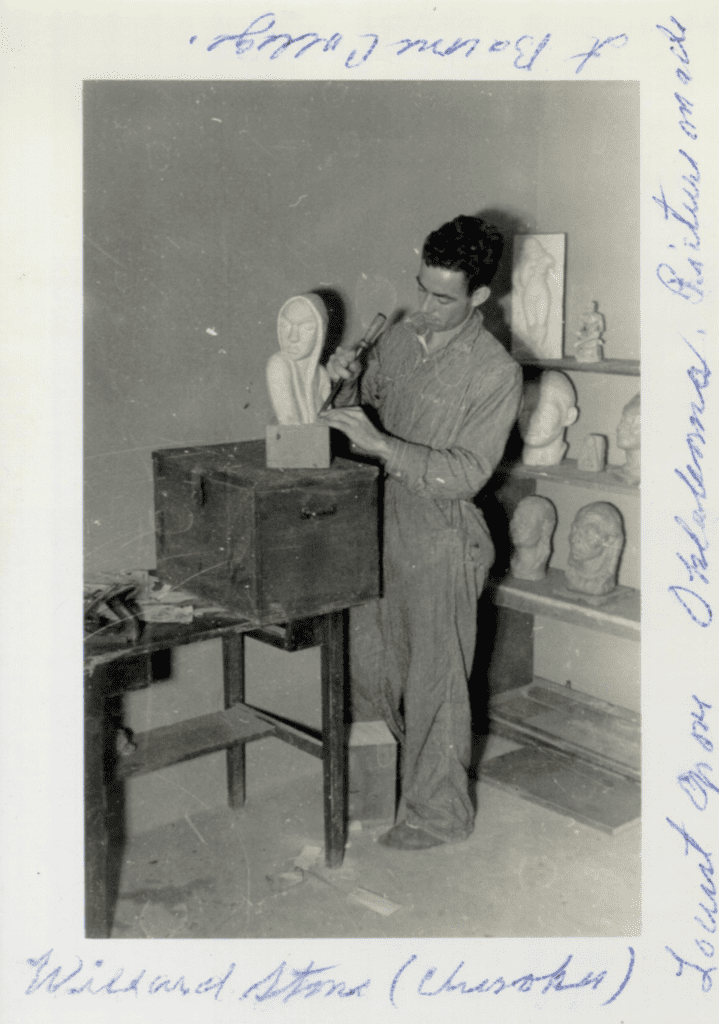
Photo courtesy the Oklahoma Historical Society
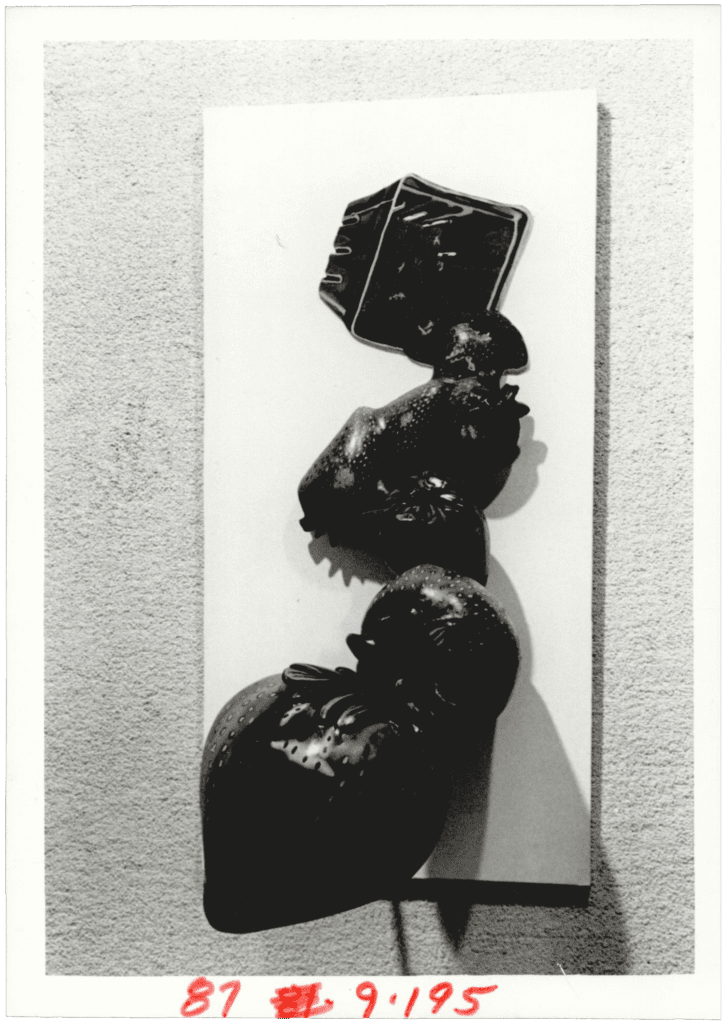
Petah Coyne, born in Oklahoma City in 1953, creates sculptures using unconventional materials such as wax, feathers and flowers. Her work has been described as emotional and mysterious, and often celebrates the contributions of women in the world of art. A recent work features nine hanging wax sculptures, all named after notable female artists and writers. These brightly colored works are meant to be viewed from below. Coyne’s art is featured in museums such as the Guggenheim and the Museum of Modern Art.
Paul Moore is a sculptor from Oklahoma City and a fifth-generation Oklahoman. He creates larger-than-life bronze monuments, and visitors to the U.S. Capitol and the Smithsonian’s National Portrait Gallery in Washington, D.C., can view his work. His Centennial Land Run Monument in Oklahoma City, which he created alongside his two sons, is one of the largest bronze sculptures in the world. It features 45 figures of pioneers, horses and wagons, spanning 365 feet in length and standing over 16 feet tall. Another large sculpture by Moore is On the Chisholm Trail, which stands 11 feet tall and is housed at the Chisholm Trail Heritage Center in Duncan.
Willard Stone, a Cherokee artist from Oktaha, made sculptures using wood. Even though he lost the partial use of one hand in an accident when he was 13, he became known for his smooth, flowing carvings. Several of his wood carvings were created for Thomas Gilcrease, a Tulsa oilman for whom Stone worked. His art is housed at the Gilcrease Museum as well as at the Smithsonian Institution in Washington, D.C.
From Native heroes to modern messages, Oklahoma’s sculptors have used their talents to shape the way people see the world.


